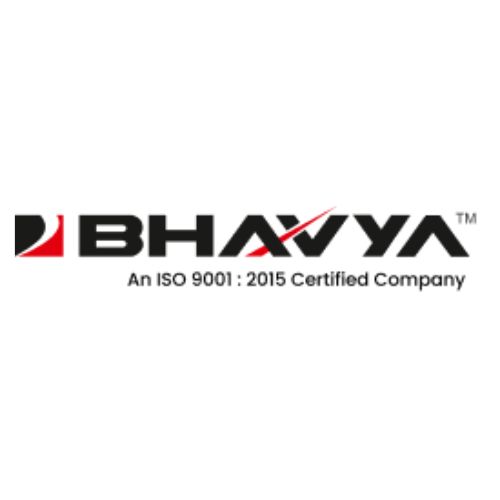Category Archives: Uncategorized

Why Electric Tapping Machines are the Best Choice for Small and Medium-Scale Manufacturing?
In the evolving landscape of small and medium-scale manufacturing, precision, efficiency and flexibility are paramount. One piece of equipment that increasingly meets these demands is the electric tapping machine. From pneumatic arm tapping machines to advanced touch screen tapping machines,…

The Impact of Lathe Machine Supply and Demand in Indore’s Industrial Sector
Indore, known as one of the industrial hubs of central India, relies heavily on engineering sectors where precision machining plays a vital role. At the heart of these operations lie lathe machines, indispensable tools for shaping and fabricating metal parts…

The Role of CNC Lathe Machines in Achieving the Perfect Proportions in Metal Parts Manufacturing
In modern metal parts manufacturing, achieving exact dimensions and perfect proportions is not just a requirement but a standard. The advent of CNC lathe machines has revolutionized the industry by introducing unprecedented levels of precision and consistency. With the integration…

The Growing Role of Fiber Laser Cutting in Research and Educational Institutes
In recent years, fiber laser cutting machines have increasingly become integral tools within research and educational institutes. These advanced laser machines provide unparalleled precision, efficiency and versatility, making them highly suitable for prototype development, experimental research and hands-on teaching. Institutes…

Bandsaw Machine Blade Design: Why a Continuous Band of Toothed Metal Matters?
The design of the bandsaw machine blade plays a fundamental role in the machine’s performance, precision and durability. Central to this design is the continuous band of toothed metal that forms the blade. Unlike other saws that use circular or…

How CNC Press Brakes Achieve Deep Bending with Special Stroke and Throat Depth Designs?
CNC press brakes play a pivotal role in metal forming, bending sheet metals with precision and consistency. Among their many capabilities, deep bending - creating sharp bends or folds in thick or long sheet metal - is essential in numerous…





